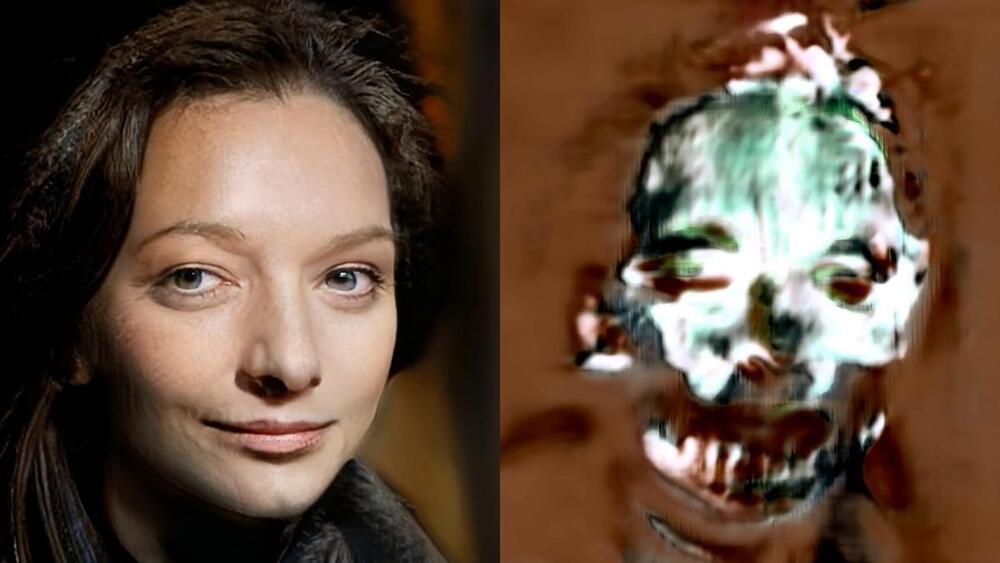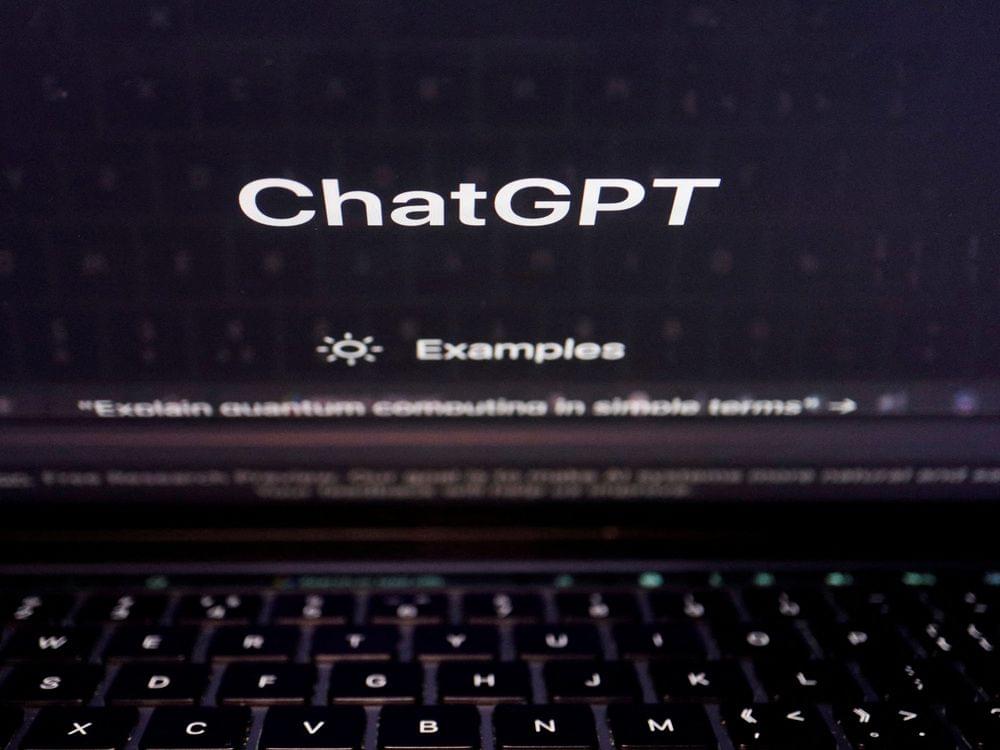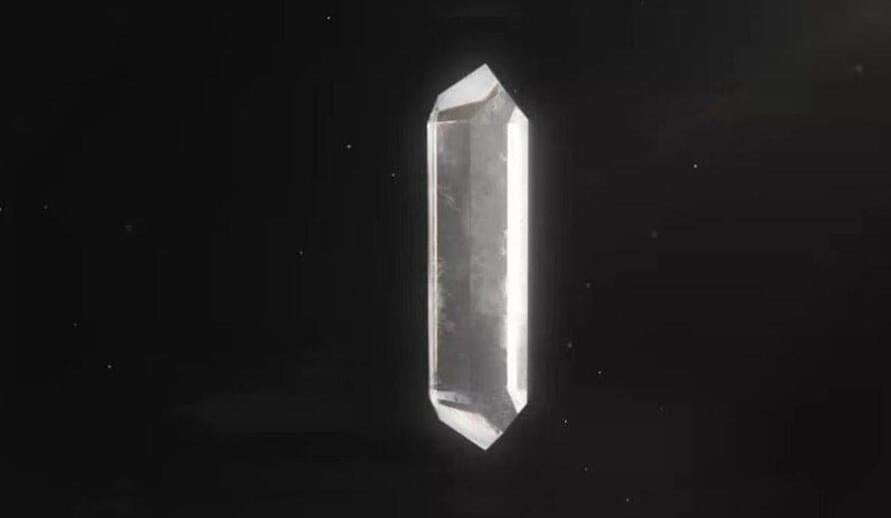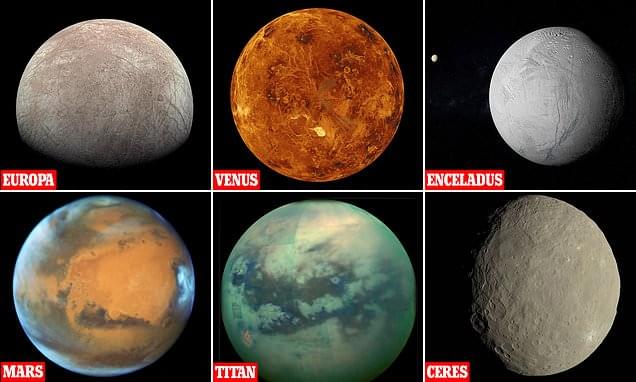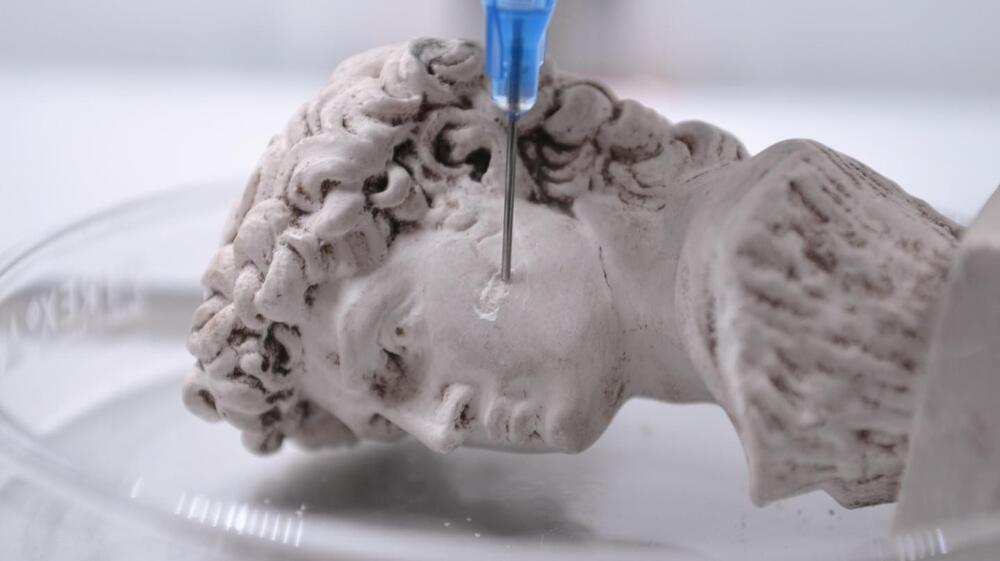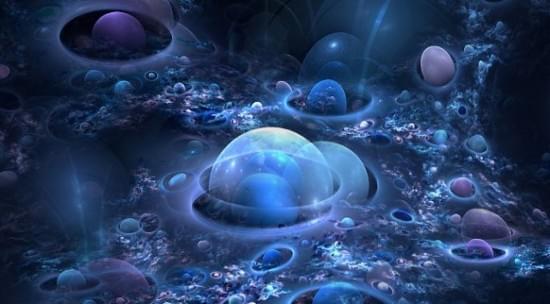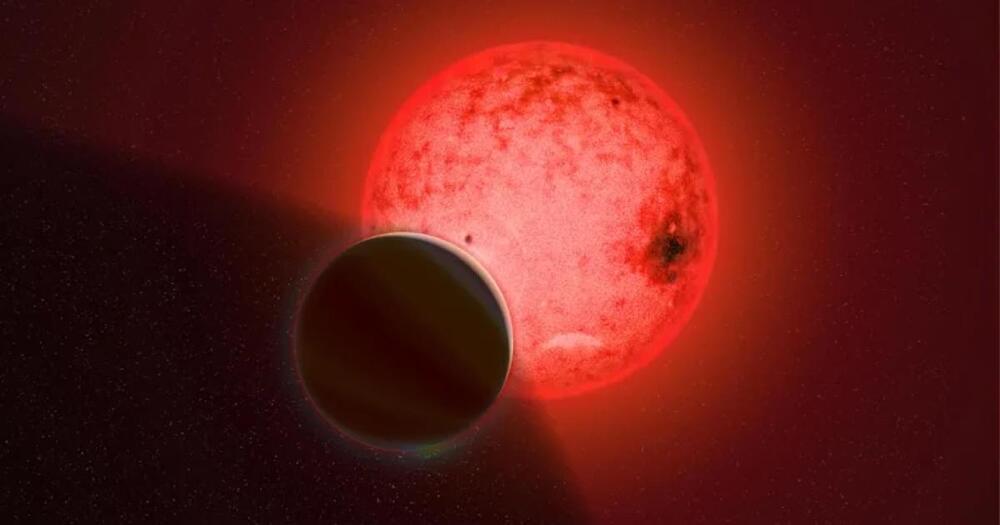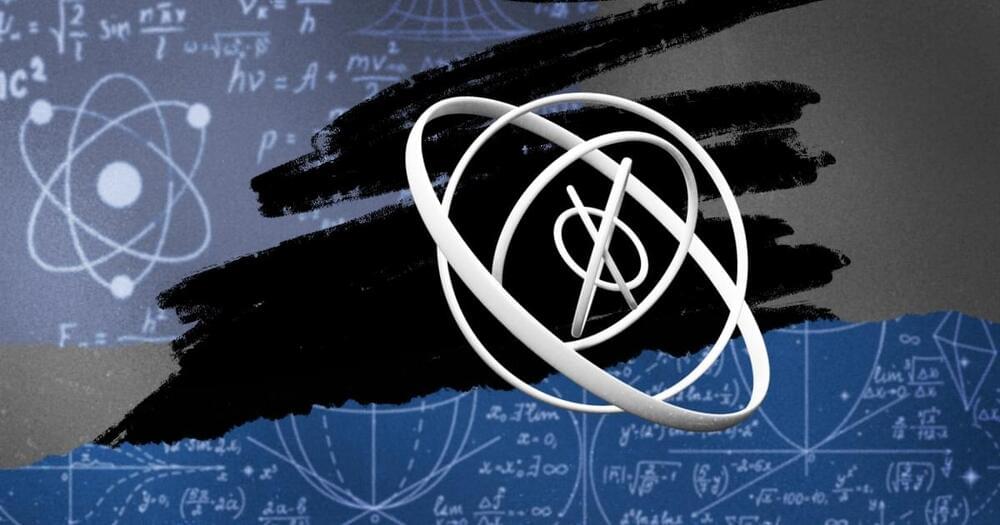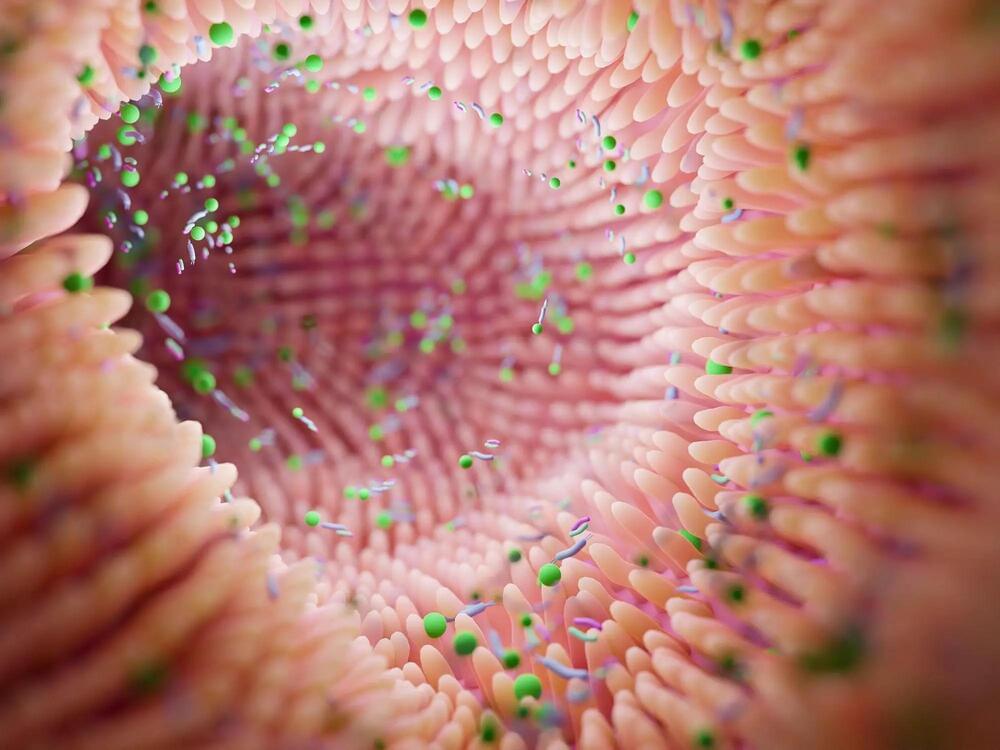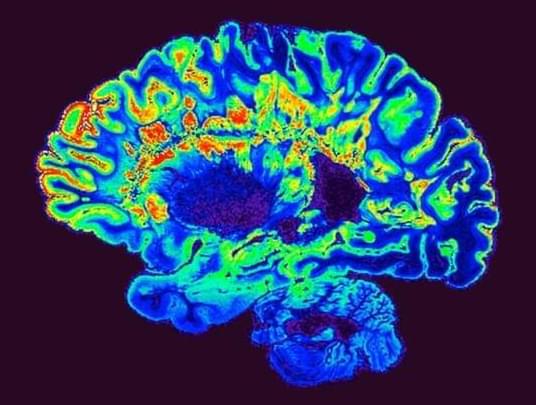This time lapse of a neural network with the neurons slowly switching off is a haunting experiment in machine learning.
As chatbot responses begin to proliferate throughout the Internet, they will, in turn, impact future machine learning algorithms that mine the Internet for information, thus perpetuating and amplifying the impact of the current programming biases evident in ChatGPT.
ChatGPT is admittedly a work in progress, but how the issues of censorship and offense ultimately play out will be important. The last thing anyone should want in the future is a medical diagnostic chatbot that refrains from providing a true diagnosis that may cause pain or anxiety to the receiver. Providing information guaranteed not to disturb is a sure way to squash knowledge and progress. It is also a clear example of the fallacy of attempting to input “universal human values” into AI systems, because one can bet that the choice of which values to input will be subjective.
If the future of AI follows the current trend apparent in ChatGPT, a more dangerous, dystopic machine-based future might not be the one portrayed in the Terminator films but, rather, a future populated by AI versions of Fahrenheit 451 firemen.
Changesite-(Y), named for the mythological Chinese goddess of the moon, Chang’e, is a phosphate mineral and columnar crystal. It was found in lunar basalt particles being examined in laboratories in China.
The discovery was made by researchers at the Beijing Research Institute of Uranium Geology who found a single crystal of Changesite-(Y) using X-ray diffraction while studying particles collected on the moon.
The discovery means China is the third country to discover a new lunar mineral, following the United States and former Soviet Union.
For thousands of years, humanity has wrestled with the idea we may not be alone in our solar system.
Speculation that aliens might exist dates back to philosophers in ancient Greece, but it was the middle of the 20th century when people’s imaginations really began to run riot — suddenly ‘little green men’ were everywhere in popular culture.
The reality is that if extraterrestrial life does exist in our solar system it will be of a more simpler variety, perhaps hidden in Venus’ clouds, beneath Mars’ surface or in the vast underground oceans of one of Saturn’s icy moons.
But where else is the best bet of finding it? MailOnline speaks to a number of experts to find out.
If extraterrestrial life does exist in our solar system, it could be hidden in Venus’ clouds, beneath Mars’ surface or in the vast underground oceans of one of Saturn’s icy moons. experts told MailOnline.
Nature has an extraordinary knack for producing composite materials that are simultaneously light and strong, porous and rigid — like mollusk shells or bone. But producing such materials in a lab or factory — particularly using environmentally friendly materials and processes — is extremely challenging.
Researchers in the Soft Materials Laboratory in the School of Engineering turned to nature for a solution. They have pioneered a 3D printable ink that contains Sporosarcina pasteurii: a bacterium which, when exposed to a urea-containing solution, triggers a mineralization process that produces calcium carbonate (CaCO3). The upshot is that the researchers can use their ink — dubbed BactoInk — to 3D-print virtually any shape, which will then gradually mineralize over the course of a few days.
-This would be good for coral reefs.
EPFL researchers have published a method for 3D-printing an ink that contains calcium carbonate-producing bacteria. The 3D-printed mineralized bio-composite is unprecedently strong, light, and environmentally friendly, with a range of applications from art to biomedicine.
How difficult is it to find life on Mars or elsewhere in the Solar System? Is there only one definition for life or many?
Astronomers have discovered a “forbidden” planet that appears to be far larger than should be possible given its circumstances. A team of researchers investigated a candidate exoplanet called TOI 5205b, first identified by NASA’s Transiting Exoplanet Survey Satellite (TESS), and not only confirmed that the planet was there but also discovered that it has some baffling characteristics.
The exoplanet orbits a type of star called an M dwarf or red dwarf. These are the most common type of stars in our galaxy and are small and cool, typically being around half as hot as our sun.
While it’s common to find exoplanets orbiting red dwarfs, it’s rare to find gas giants orbiting them. And in the case of the recent discovery, the gas giant exoplanet was found orbiting a low-mass M dwarf, which is unheard of. The planet is very large in comparison to its star and blocks out around 7% of the star’s light when passing in front of it.
Though quantum mechanics is an incredibly successful theory, nobody knows what it means. Scientists now must confront philosophy.
Normal body temperature can vary from individual to individual. However, despite this variation, the average basal body temperature of humans has mysteriously dropped since the 1860s. A recent study points to the gut microbiome as a possible contributor to regulating body temperature, both in healthy individuals and during life-threatening infections.
The study, conducted by a team of researchers led by Robert Dickson, M.D., at the University of Michigan Medical School, utilized health records from patients admitted to the hospital with sepsis and conducted experiments on mice to investigate the relationship between the gut bacteria composition, temperature changes, and health outcomes.
Sepsis, the body’s response to a life-threatening infection, can cause drastic changes in body temperature, the trajectory of which is linked to mortality. Previous work has demonstrated that hospitalized patients with sepsis vary widely in their temperature responses, and this variation predicts their survival.
A new study suggests that we may be able to prevent chronic inflammation in multiple sclerosis (MS) patients in a totally new way, by manipulating their gut microbiomes — the unique collection of microbes that live in our digestive tracts and play an important role in our health.
“We are approaching the search for multiple sclerosis therapeutics from a new direction,” said lead researcher Andrea Merchak from the University of Virginia (UVA).
Chronic inflammation: The immune system fights infections and heals injuries by sending inflammatory cells to the site of the problem. This process, inflammation, can cause pain, swelling, or other side effects, but ultimately, it’s for the greater good.
